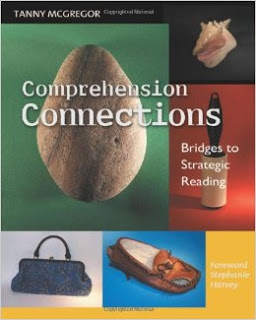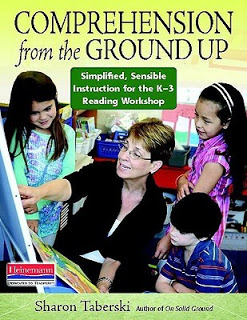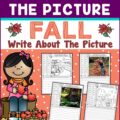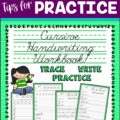Reading comprehension is virtually impossible without a strong background in basic skills – firstly from the processing of individual letters and their associated sounds, to word recognition, to the processing of sentences and paragraphs in much longer and more complex texts.
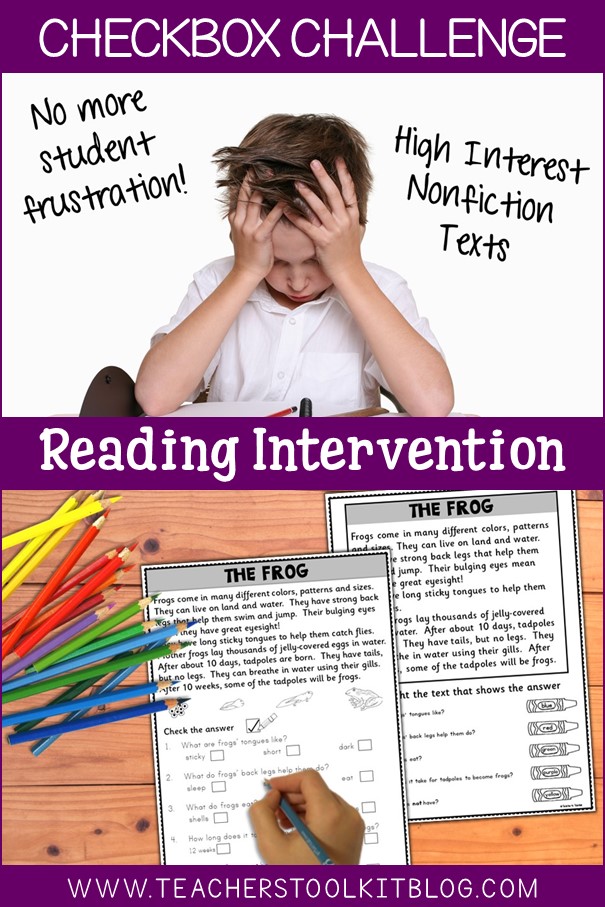
From personal experience, I see much explicit instruction in the first of the basic skills mentioned, but not as much confident instruction in the skills required to make sense of more complex text – perhaps I am only speaking for myself…..! Not only did I require further professional development (a refresher), but afterwards I gave myself the challenge of creating my own resources to support what I had learned.
If you can’t find the relevant professional development, the following books come highly recommended:
2. Comprehension From The Ground Up by Sharon Taberski (affiliate)
When comprehending, learners strive to process text beyond word-level to get to the big picture. The 6 comprehension strategies that will enable our students to get to where they need to be are the following:
- Making connections
- Predicting
- Questioning
- Monitoring
- Visualizing
- Summarizing
Regardless of the strategy being taught, the process of explicit instruction should remain the same:
- Select the text
- Explain the strategy
- Model the strategy
- Guided support
- Independent practice
- Reflection
Some wonderful examples of the explicit instruction of comprehension strategies can be found below, courtesy of Christina DeCarbo.
Let’s connect what we know about comprehension strategies to Common Core.
The Common Core Reading Anchor Standard No.1 for Literature and Informational Text is:
“Read closely to determine what the text says explicitly and to make logical inferences from it; cite specific textual evidence when writing or speaking to support conclusions drawn from the text.”
To that end I created ‘Checkbox Challenge’ which I hope to make into a series. By creating this pack I hope to encourage struggling readers from second to fourth grades to practice their comprehension skills, using non-fiction text with age-appropriate content.


The texts vary in length, but I have tried to keep the sentence structure and vocabulary simple. The passages are mostly written within the third to fifth grade Lexile bands. A word of caution however – the levels should only be used as a guideline – some of the more challenging topic vocabulary increases the Lexile level. (This type of vocabulary is topic specific and students would not be expected to know it).
The pack contains 2 pages per topic, which can be printed back to back. The first page introduces the text and questions. On the second page, students can highlight the piece of text which contains the answer. Some questions may require the students to look beyond the text to infer the answer.
I have used this pack with my advanced first graders, although the basic premise is for intervention with older grades.
- The texts help students develop skills in retrieving information from text.
- The check boxes allow those students, who struggle with handwriting and writing skills, to demonstrate their understanding and achieve success.
- These texts are suitable for independent work and ideal for shared and guided reading. They are also suitable for small group work where reading skills can be modelled, practiced and developed.
NB: The preview contains an example of one text so you can evaluate whether it is appropriate for your students.
My wish is that ‘Checkbox Challenge’ supports your classroom curriculum, whilst engaging and improving your students’ comprehension skills.

